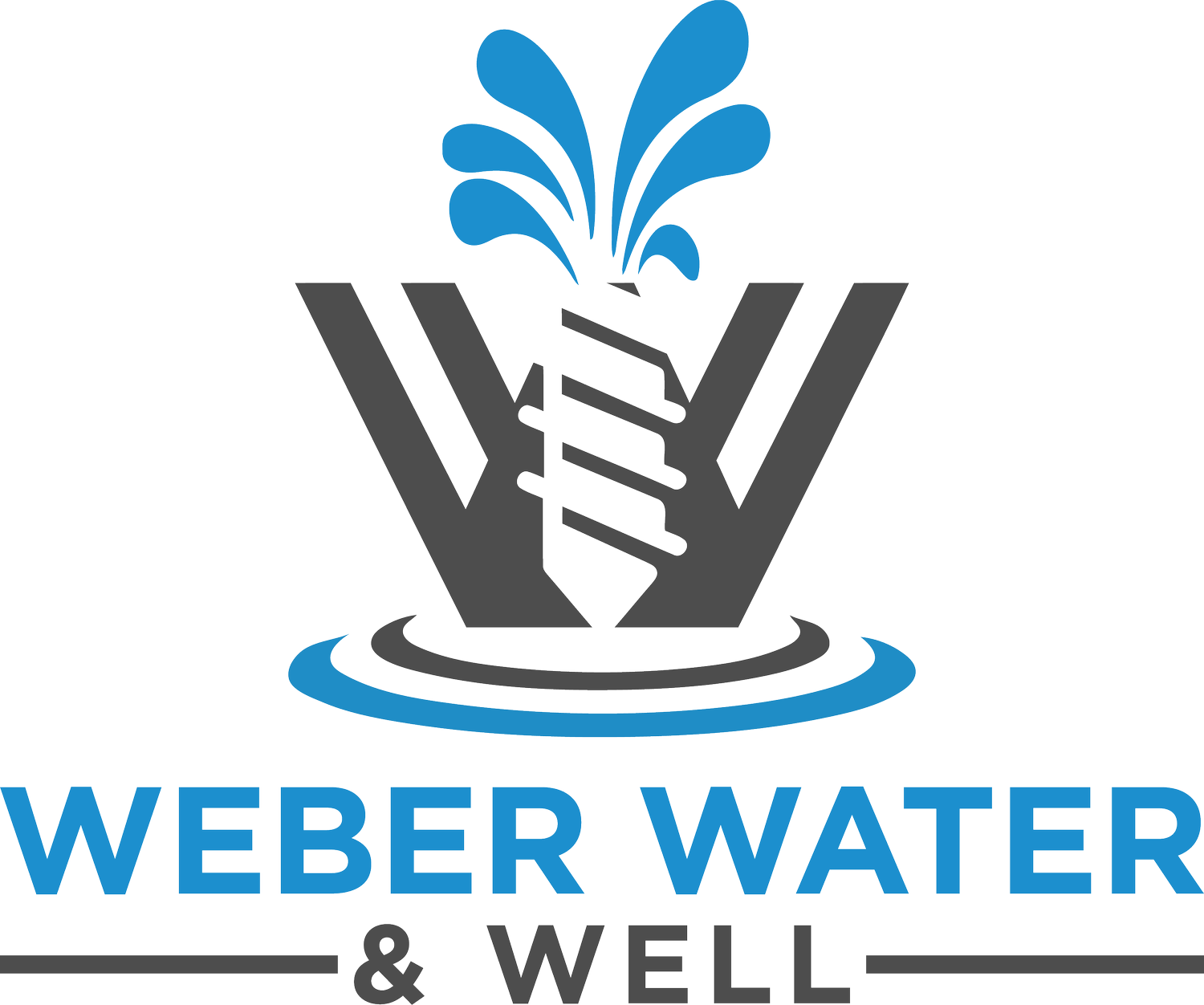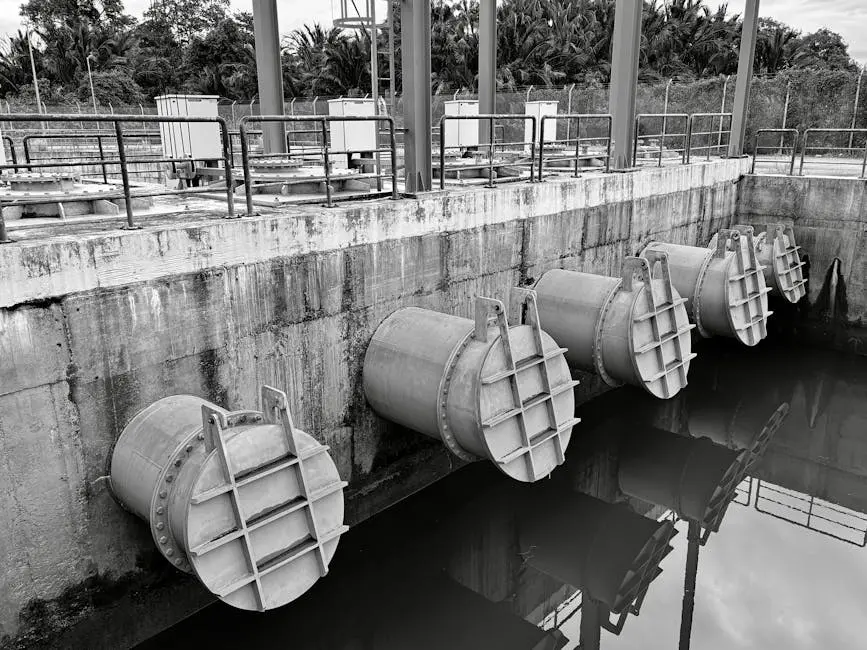9 Common Mistakes in Water System Design and How to Avoid Them
Designing an efficient and effective water system is crucial for any project, yet many engineers and planners fall into common pitfalls. In this blog post, we will explore nine of these mistakes and provide practical tips to help you sidestep them. Whether you’re a seasoned professional or just starting out, understanding these errors will enhance your design process and improve overall outcomes.
1. Neglecting Proper Site Analysis
Understanding the site conditions is crucial for effective water system design. Failing to conduct a thorough site analysis can lead to significant oversights and costly adjustments later on. It's not just about geographical location, but also soil composition, drainage patterns, and nearby water sources. A comprehensive site analysis lays the groundwork for a system that works synergistically with its environment.
Moreover, site analysis can help identify potential challenges early on. For example, if a site has a history of flooding, then the design needs to incorporate flood mitigation strategies. This proactive approach is not only cost-effective but also fosters a sustainable solution that benefits the community.
2. Ignoring Local Regulations and Standards
Every region has its own regulations that govern water systems. Ignoring these can lead to non-compliance issues, delays, and fines. Understanding these local regulations is fundamental, as they often reflect the unique environmental and social context of the area.
Regulations can involve discharge limits, containment requirements, and safety standards. Being well-versed in local guidelines ensures that your design not only meets legal requirements but is also aligned with community expectations. Consider seeking advice from local authorities or legal experts to help interpret these regulations effectively.
3. Underestimating Water Demand
Misjudging the water demand for a project can result in undersized systems that fail to meet users' needs. It's essential to do accurate demand forecasting. This involves analyzing current consumption patterns and anticipating future needs, which can vary significantly.
For instance, a sudden population increase or the introduction of new industries can dramatically alter water demand in a given area. Periodic re-evaluation of demand projections ensures your design remains relevant as circumstances change, ultimately safeguarding the system's efficiency and reliability.
4. Overlooking Maintenance Needs
Designing a water system without considering maintenance can lead to future complications. Systems should be easy to service and maintain to ensure longevity. This means incorporating access points in design plans and selecting materials that withstand the test of time.
Routine maintenance should be integrated into the system's operational plans. This not only helps in identifying potential issues early but also enhances the system's overall reliability. Without adequate maintenance strategies in place, even the most sophisticated designs might succumb to preventable failures.
5. Failing to Include Backup Systems
When designing water systems, it's vital to plan for contingencies. A lack of backup systems can lead to a complete failure during emergencies. Imagine a scenario where a primary pump fails; having a secondary option in place can be the difference between chaos and operational continuity.
Backup systems, be it additional pumps or alternative sourcing, should be a fundamental aspect of your design. Not only do they provide assurance in critical moments, but they also enhance public trust in the water supply system. Remember, resilience is just as crucial as efficiency in any good design.
6. Miscalculating Pipe Sizes
Pipes that are too small can restrict flow, while those that are too large can be wasteful. Ensuring proper pipe sizing is essential for efficiency. This calculation needs to take into account the expected flow rates, pressure requirements, and potential future increases in demand.
In addition to hydraulic performance, consider factors like material durability and installation conditions. A well-designed system that optimally sizes its components will have a longer lifespan, reducing the overall costs associated with repairs and replacements.
7. Not Considering Future Growth
Water systems should not only meet current demands but also be adaptable to future growth. Failing to plan for expansion can lead to costly upgrades later. Understanding community development plans aids in crafting a flexible system that can seamlessly accommodate growth.
This foresight is crucial for long-term sustainability. If a community has intentions to expand, factors like land use and zoning laws must be accounted for in your design. Including modular components can also make scaling your system much more manageable.
8. Ignoring Environmental Impacts
Water system designs must take into account their environmental footprint. Ignoring potential environmental impacts can have severe repercussions. Not only does this pose ethical concerns, but it can also attract legal issues and damage public trust.
Implementing best practices to mitigate adverse effects—like soil erosion, water quality degradation, and habitat destruction—should be non-negotiable. Using green infrastructure and maintaining biodiversity not only supports the environment but can lead to community benefits like recreation opportunities and enhanced aesthetics.
9. Relying Solely on Software Simulations
While software can help predict outcomes, relying solely on simulations without real-world testing can result in flawed designs. It's important to validate designs through practical assessments. Real-world conditions often present variables that software might not adequately consider.
Utilizing field tests alongside software predictions will provide a more robust understanding of how your system will perform. This dual approach minimizes risks and enhances the credibility of the design, ensuring that it can withstand the complexities of real-life application.


